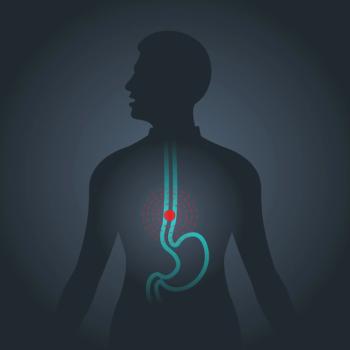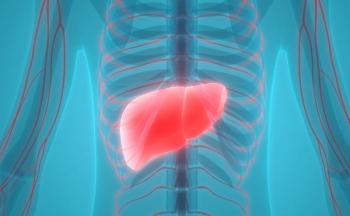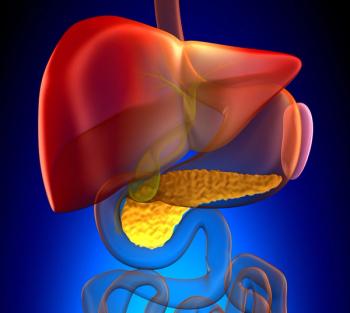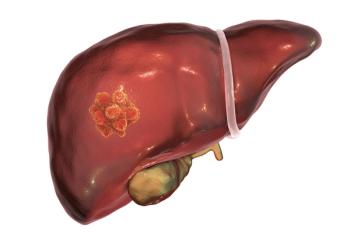
Napabucasin May Be Effective in Colorectal Tumors Positive for pSTAT3
The STAT3 inhibitor napabucasin significantly improved survival among patients with colorectal cancer with elevated phosphorylated STAT3 expression.
The STAT3 inhibitor napabucasin may be active in patients with colorectal cancer with elevated phosphorylated STAT3 expression, according to the results of a phase III study
“Our results suggest that napabucasin might be an effective STAT3 inhibitor in patients with tumors positive for pSTAT3, and further investigation of napabucasin as monotherapy in advanced colorectal cancer is warranted in these patients,” wrote Derek J. Jonker, MD, of Ottawa Hospital Research Institute at the University of Ottawa, Canada, and colleagues.
Napabucasin is a first-in-class stemness inhibitor targeting STAT3, a key feature of colorectal cancer stem cells. Several retrospective studies have suggested a correlation between pSTAT3 expression in colorectal cancer and poor survival.
This double-blind multicenter trial enrolled 282 patients with advanced colorectal cancer for whom all available standard therapies had failed. All patients were treated with supportive care and were randomly assigned to placebo or napabucasin. The primary endpoint was overall survival.
The trial was stopped for futility at the first interim analysis. Patients were removed from the study therapy unless the investigator and patients decided they were deriving benefit. The median time of treatment was 7 weeks for napabucasin and 6.6 weeks for placebo.
There was no significant difference in overall survival between the two study arms. The median overall survival for napabucasin was 4.4 months compared with 4.8 months for placebo. Progression-free survival was also similar between study arms, with a median of 1.8 months for both napabucasin and placebo.
The majority of patients (89%) had data on pSTAT3 expression, and 22% were positive for pSTAT3. A prespecified biomarker analysis found that patients with pSTAT3-positive tumors had significantly improved overall survival when treated with napabucasin compared with placebo (median, 5.1 vs 3.0 months; hazard ratio, 0.41; 95% CI, 0.23–0.73; P = .0025). In pSTAT3-negative tumors, napabucasin monotherapy resulted in significantly worse overall survival compared with placebo.
“In the preplanned biomarker analysis, the expression of pSTAT3 detected by immunohistochemistry was both a prognostic marker and a predictive biomarker of benefit from napabucasin,” the researchers wrote. “These results prospectively show for the first time that positive tumor expression of pSTAT3 is a poor prognostic factor in patients with metastatic colorectal cancer.”
Patients assigned to napabucasin experienced more of any grade of treatment-related diarrhea (79%), nausea (51%), and anorexia (38%) than did patients assigned placebo. The most common grade 3 or worse adverse events were abdominal pain, diarrhea, fatigue, and dehydration.
Newsletter
Stay up to date on recent advances in the multidisciplinary approach to cancer.



















































































